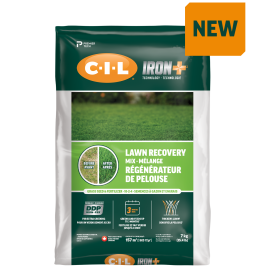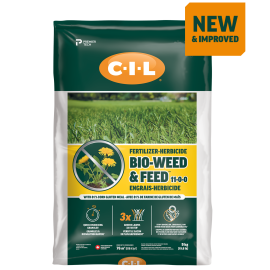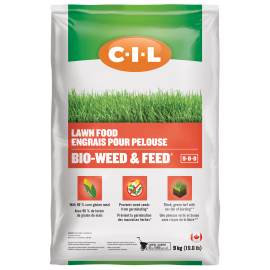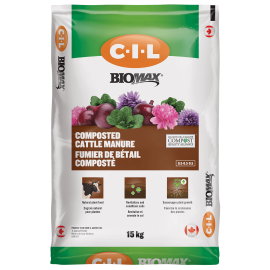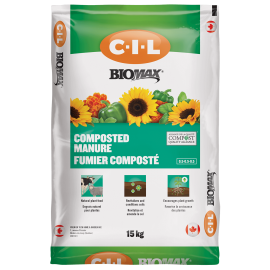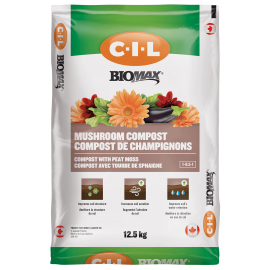Debunking Lawn Myths
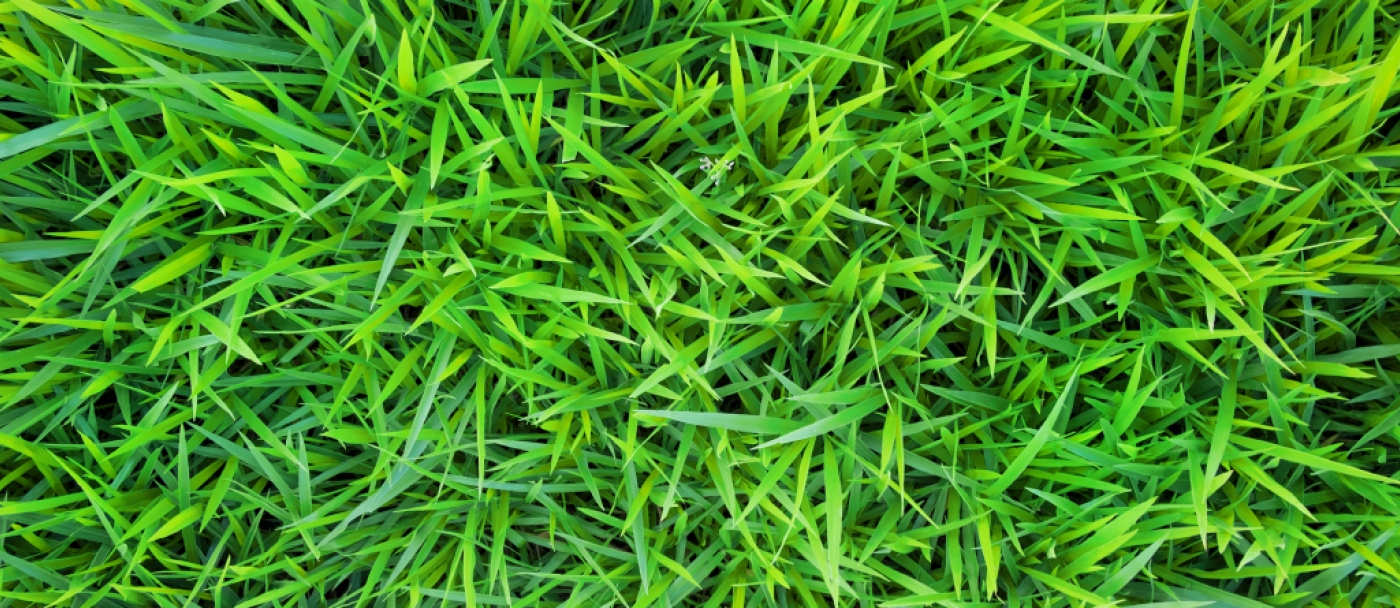
Lawn myths abound, and some of the more prevalent myths have been confusing homeowners for decades. While most lawn myths aren’t a big deal, many can increase costs or waste precious time. Some may even be harmful to your lawn.
When there is so much information about lawn care, it’s difficult to know what is truth and what is fiction. Below, we debunk a few of the most common lawn myths.
You can aerate your lawn by wearing special spiked shoes, or even golf shoes. It may sound like a good idea but spiked shoes aren’t deep enough to do any good, and it’s almost impossible to evenly cover an entire lawn. Save your money and rent an aerator or hire a professional.
Grass clippings left on your lawn create thatch. Lawn clippings are mostly water and they break down fairly quickly. As they decompose, lawn clippings act as a natural fertilizer by returning nutrients to the soil.
You must rake leaves. It’s true that you should rake a thick layer of leaves because it may form wet, soggy mats that can smother your lawn. However, a light layer will break down and return nutrients to the soil. Leaves decompose faster if you run over them with your mower.
Grass should always be cut short. Cutting grass short actually does more harm than good. The grass is less healthy and may turn brown during hot weather. The lawn is more prone to pests and disease, and weeds are more likely to invade.
Your lawn should be watered every day. Watering too often develops shallow roots, while lawn that is watered less frequently develops long, healthy roots. In general, grass needs about 2.5 cm per week in one or two irrigations, and maybe a little more during hot weather.
Evening is the best time to water a lawn. Wrong. Grass that remains damp all night is more susceptible to fungal disease. The best time to water a lawn is in the early morning when the air is cool. Don’t water during the heat of the day; too much moisture is lost to evaporation.
Your lawn should be dethatched every year. Dethatching annually isn’t necessary, and in fact, a thin layer of mulch is healthy. Consider dethatching when the layer reaches a depth of about 2 to 2.5 cm.
